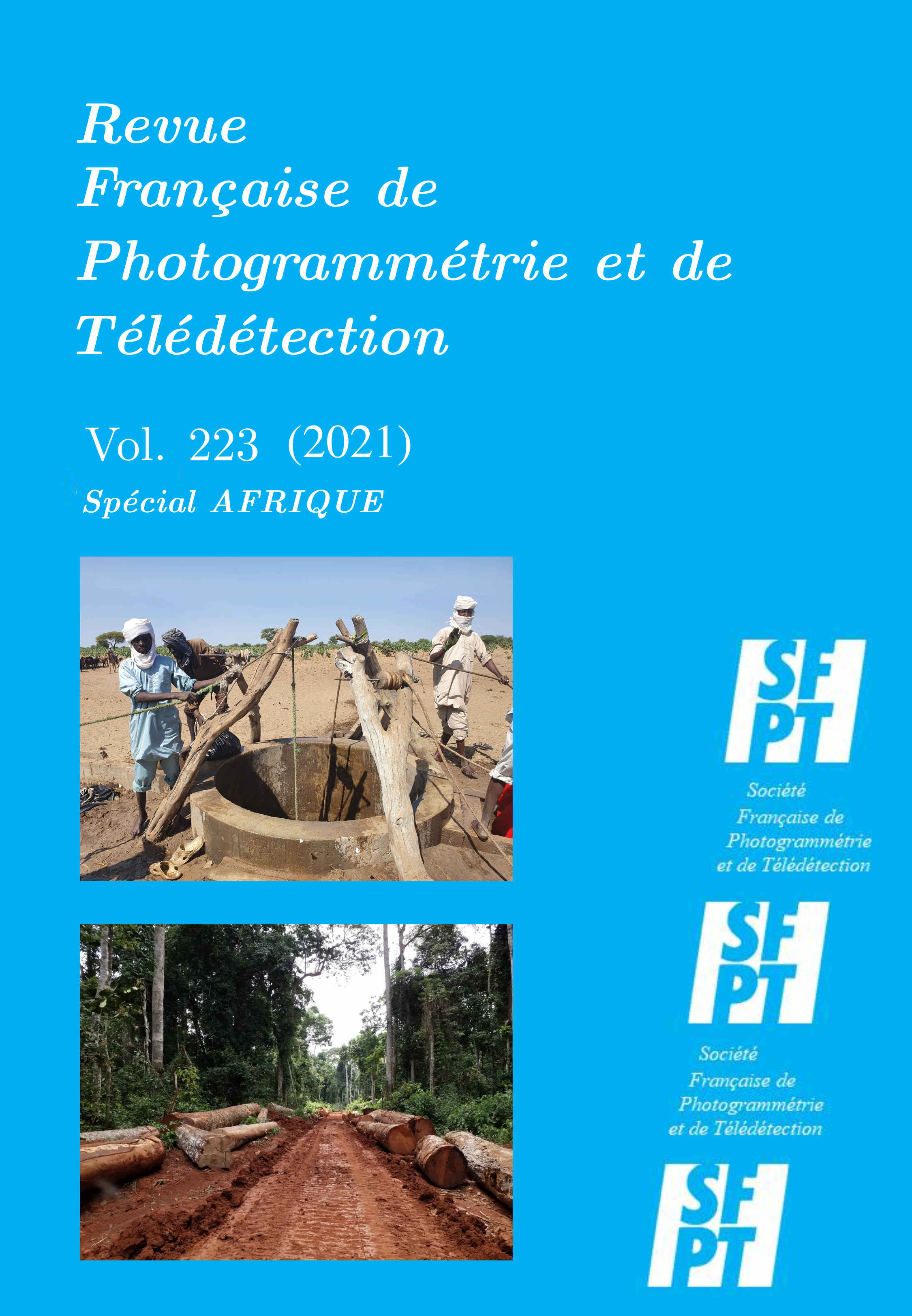SRP, a very high precision 3D space reference points on the African continent
DOI:
https://doi.org/10.52638/rfpt.2021.569Abstract
SRP (Space Reference Points) is a worldwide, accurate, dense and homogeneous 3D GCP database, built from a plethoric SPOT6/7 multi-view archive. The project, carried out as a partnership between « Institut national de l’information géographique et forestière » (IGN) and Airbus Defense and Space (ADS), aims at automatically locating high-resolution imagery with a 3m accuracy all around the world.
SRP in Africa was produced in 2019. Quality controls confirm compliance with the expected specification for this product. The particularities of the landscapes encountered on this continent have led to the integration of new functionalities into the production chain. First, SPOT6/7 image selection was enhanced in the intertropical zone by taking into account the cloud masks supplied with these images. This allows for optimal SRP density in this region. In addition, a geometric foundation prototype including Sentinel-2 ortho-images was developed in order to fulfil the 3m location specification on groups of islands (in this case, the Cape Verde islands). Then, to entirely validate the product, the article presents two operational tests on Nigeria for 2D production and on the city of Marrakech for 3D production. These tests prove SRP capacity to locate different types of images and to reach the target location accuracy of the database. As from 2021, SRP is intended to ensure the registration of images in various projects and, especially, on a large scale, in the Pléiades Neo ground segment.
Downloads
Downloads
Published
Versions
- 2021-10-12 (2)
- 2021-10-11 (1)
How to Cite
Issue
Section
License
Copyright (c) 2021 Laure Chandelier, Laurent Coeurdevey, Pascal Favé, Alexis Barot, Mathilde Jaussaud

This work is licensed under a Creative Commons Attribution 4.0 International License.






